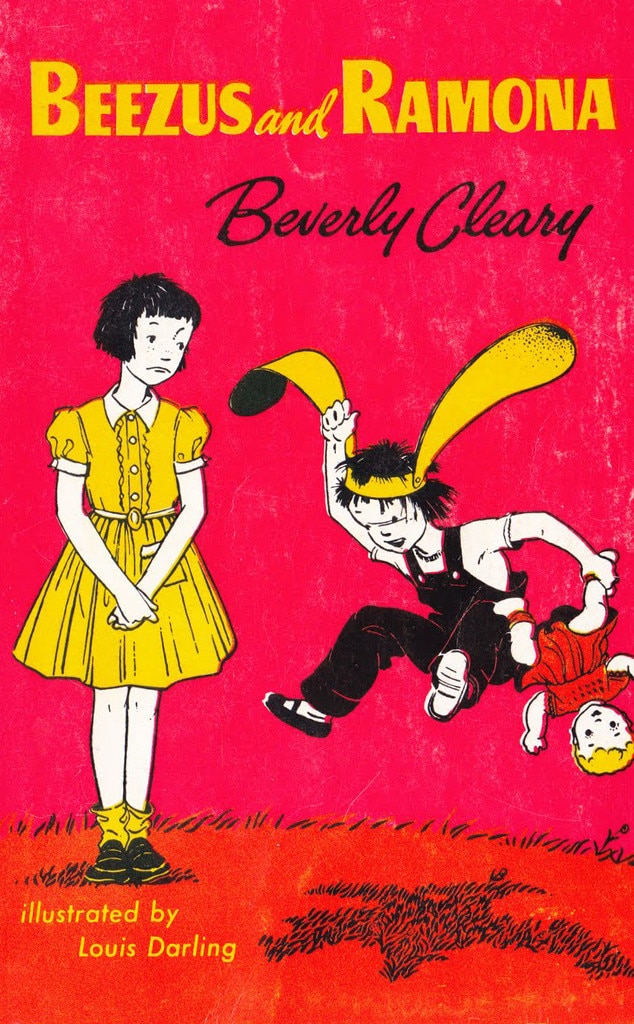 F. Scott Fitzgerald’s The Great Gatsby, in all of it’s blue and gold shimmering splendor, is regarded as one of the greatest American novels of twentieth-century literature. Focusing on the story of Nick Carraway and his involvement with notoriously wealthy Jay Gatsby (followed by his legacy of the American dream and bitter love pursuit), The Great Gatsby dives into 1920’s American society in which the ideal life is painted as an extravagant party, born out of wealth and materialistic grandeur.
F. Scott Fitzgerald’s The Great Gatsby, in all of it’s blue and gold shimmering splendor, is regarded as one of the greatest American novels of twentieth-century literature. Focusing on the story of Nick Carraway and his involvement with notoriously wealthy Jay Gatsby (followed by his legacy of the American dream and bitter love pursuit), The Great Gatsby dives into 1920’s American society in which the ideal life is painted as an extravagant party, born out of wealth and materialistic grandeur.
Hidden within the folds of Fitzgerald’s florid language — words of “yellow cocktail music,” a “universe of ineffable gaudiness,” “roaring noon” — the novel captivates the audience until it’s profound and raw close. The seamless flow of one thing to the next, the vivid images of a fast-paced and rich life, the timeless theory of long-lasting love and ambition: Fitzgerald renders a chaotic and recklessly beautiful portrait of the roaring 20’s Jazz Age and the world that buzzed within its history.
The incorporation of reoccurring symbols, such as the green light at the end of the dock or the constant juxtaposition of the colors yellow on blue, deepens the horizons to which The Great Gatsby stretches. Across the novel’s pages, Fitzgerald repetitively uses the colors yellow and blue to convey the ideas of truth versus wealth and false wealth in an abstract manner. Likewise, the green light brings the audience closer to Gatsby’s personal ambitions, his true substance over his outward actions.
Fitzgerald’s gradual characterization of each character increases the mysterious aura that revolves around Gatsby and those associated with him, wrapping the entire story into an enigmatic piece of literature rooted deeply in American history.
—Keira D.
The Great Gatsby by F. Scott Fitzgerald is available for checkout from the Mission Viejo Library. It can also be downloaded for free from Overdrive.

 Beverly Cleary is one of my favorite authors. She has written many short fiction books, most of which are set in an American town during the middle of the twentieth century. Her works include Henry Huggins, Beezus and Ramona, and Otis Spofford. Her books are among my favorites because they are easy to read and they contain many amusing stories.
Beverly Cleary is one of my favorite authors. She has written many short fiction books, most of which are set in an American town during the middle of the twentieth century. Her works include Henry Huggins, Beezus and Ramona, and Otis Spofford. Her books are among my favorites because they are easy to read and they contain many amusing stories.




